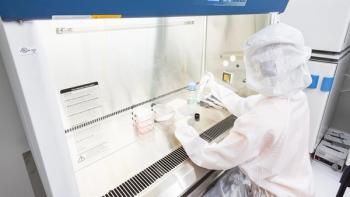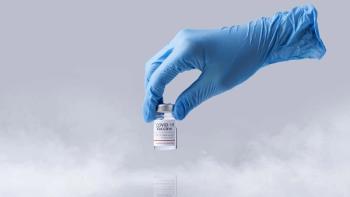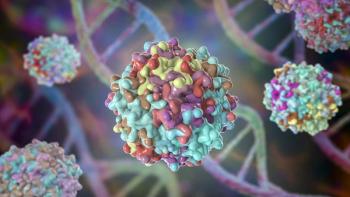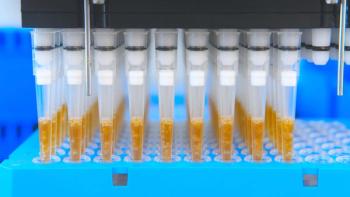
Mylan Pharmaceuticals is issuing a voluntary recall of one batch of insulin glargine injection due to the potential for a missing label in the batch.

Mylan Pharmaceuticals is issuing a voluntary recall of one batch of insulin glargine injection due to the potential for a missing label in the batch.

FDA is reviving efforts to establish a Quality Management Maturity program.

Teva has initiated a voluntary nationwide recall of one lot of IDArubicin Hydrochloride Injection USP 5mg/5 mL due to the presence of particulate matter.

Data may be used to improve (or remove) a corrective action/preventive action.

Performing corrective action and preventive action (CAPA) activities is often necessary to investigate a manufacturing deviation and prevent it from reoccurring. BioPharm International asked Joe O’Gorman, head of Global Operations at LZ Lifescience, a Cognizant Company, about the role technology plays in performing CAPAs.

Quality metrics and more domestic production aim to avoid supply disruptions and drug shortages.

Experts Susan J. Schniepp, distinguished fellow for Regulatory Compliance Associates, and Steven J. Lynn, executive vice-president, Pharmaceuticals for Regulatory Compliance Associates, discuss the verification of compendial methods.

Testing cleanroom garments while in use and during daily cleanroom operations is vital for contamination control.

Experts weigh in on the current state of computer validation and its role in the greater regulatory landscape.

CAR-T cell therapy development is a complex process that requires standardization.

As Europe moves closer to implementation of ISO IDMP standards, the bio/pharma industry is accelerating efforts to manage its data and documents more effectively.

A consensus-based approach to GDP lies at the heart of a new industry-wide program seeking to rationalize, standardize, and harmonize the adherence to pharma transportation norms and regulatory guidelines.

The integration of modern software tools can make the acquisition and analysis of MS data more efficient, accurate, and compliant.

Build into the chemistry, manufacturing, and control strategy the ability to pivot and be flexible should the course change.

Susan J. Schniepp, distinguished fellow at Regulatory Compliance Associates, details regulatory requirements for developing a quality manual.

The company is voluntarily recalling one batch of Semglee prefilled pens because of a potential missing label.

Modeling techniques can improve process control and monitoring in biopharmaceutical production.

Upstream processing is better optimized with the help of automated workflows.

Qualified algorithms enable validation of machine learning models that can be used for process optimization.

As regulators balance pandemic tasks and rethink procedures, quality at manufacturing facilities is still a priority.

New and emerging biotherapeutic molecules drive the need for innovative solutions to meet cold-chain requirements.

Siegfried Schmitt, vice president Technical at Parexel, discusses the difficulty of operating non-GMP and GMP quality systems in the same facility.

Fully automated enzyme analysis can ease a persistent bottleneck in biocatalyst development for bio/pharmaceutical applications.

Confounding signals pose challenges to analytical methods necessary for managing residual impurity removal in biotherapeutic manufacturing.

Glycosylation monitoring has been heavily dependent on manual processes, but the automation of sample preparation streamlines the overall workflow.